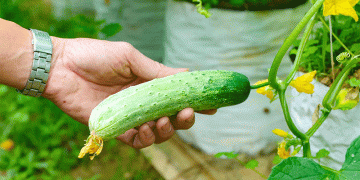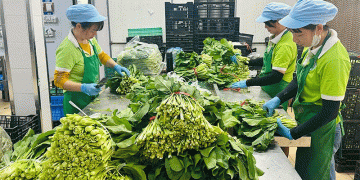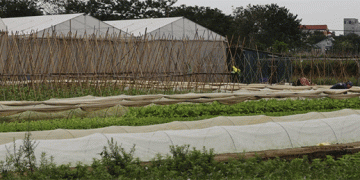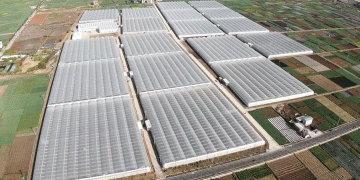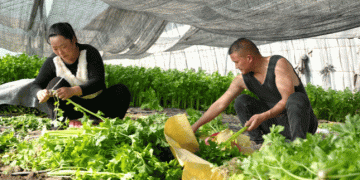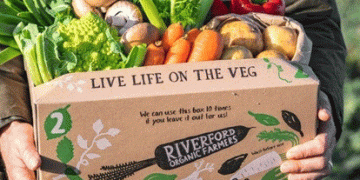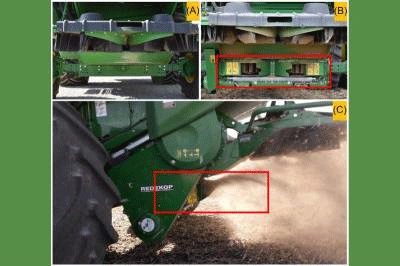In recent years, herbicide-resistant weeds have become a persistent challenge for farmers, especially those growing soybeans in the Midwest. Traditional methods, including herbicide applications, are losing effectiveness against species like waterhemp, a notorious weed that has developed resistance to multiple herbicides. However, new research is showing that the use of impact mills for seed control could be a breakthrough in managing these stubborn weeds.
What is an Impact Mill?
An impact mill, when attached to a combine harvester, uses mechanical force to damage weed seeds as they pass through the mill during harvest. This process makes the seeds nonviable, preventing them from germinating in the following season. The technology, known as the Redekop™ Seed Control Unit, has been tested in field trials with impressive results.
In 2021 and 2022, researchers from Iowa State University, Alexis Meadows and Ram Yadav, conducted field experiments on a commercial farm near Gilbert, Iowa. The results were significant: using the impact mill reduced the number of germinating weed seeds by 87% compared to fields that did not use the technology. This shows that impact mills can be an effective tool in soybean production, particularly for managing herbicide-resistant waterhemp populations.
How Does the Technology Work?
The Redekop™ Seed Control Unit, mounted on the rear of a combine, mechanically damages the weed seeds during harvest. While the impact mill does not significantly damage all seeds, it creates moderate damage that reduces seed viability and germination. According to Dr. Ram Yadav, the mild damage to seeds increases their mortality rate, which ultimately reduces the seed bank in the soil. This is a crucial step in long-term weed management, as it helps prevent new generations of resistant weeds from sprouting in the next planting season.
The Promise of Impact Mills in Weed Management
The ability to reduce the number of viable weed seeds in the soil could delay the development of herbicide resistance by five to eight years, according to researchers. This extended window of effective weed management is invaluable, especially as herbicide-resistant weed populations continue to grow on production fields in the Midwest. The integration of impact mills into existing weed control systems could provide a strategic advantage, diversifying tactics to prevent over-reliance on herbicides and delaying resistance development.
However, Dr. Yadav cautions that impact mills should not be seen as a “one-size-fits-all” solution. While they can help manage weed populations, they are not a replacement for traditional weed control methods. Instead, they should be considered a valuable addition to an integrated weed management strategy. Over-relying on impact mills alone could lead to the selection of early biotypes of weeds that are better able to withstand the mechanical damage.
The Role of Non-Chemical Weed Control Methods
The good news is that other non-chemical strategies can complement the impact mill technology. Cover crops, such as cereal rye, and narrow-row planting systems have proven effective in controlling herbicide-resistant waterhemp. When combined with impact mills, these practices create a more robust and diversified approach to weed management, reducing the likelihood of failure in weed control efforts.
By using a combination of techniques, farmers can improve the overall effectiveness of their weed management strategies, ensuring that they are not overly reliant on any one method. This integrated approach can help control resistant weed populations while minimizing the environmental impact of herbicide use.
As herbicide-resistant weeds continue to challenge soybean farmers, the introduction of impact mills for seed control offers a promising new tool in the fight. While not a complete solution, this technology can significantly reduce weed seed viability, extend the effectiveness of herbicides, and help prevent further resistance development. When combined with other non-chemical methods, impact mills could be a key component of a successful integrated weed management strategy, helping to sustain long-term crop productivity and environmental health.


















